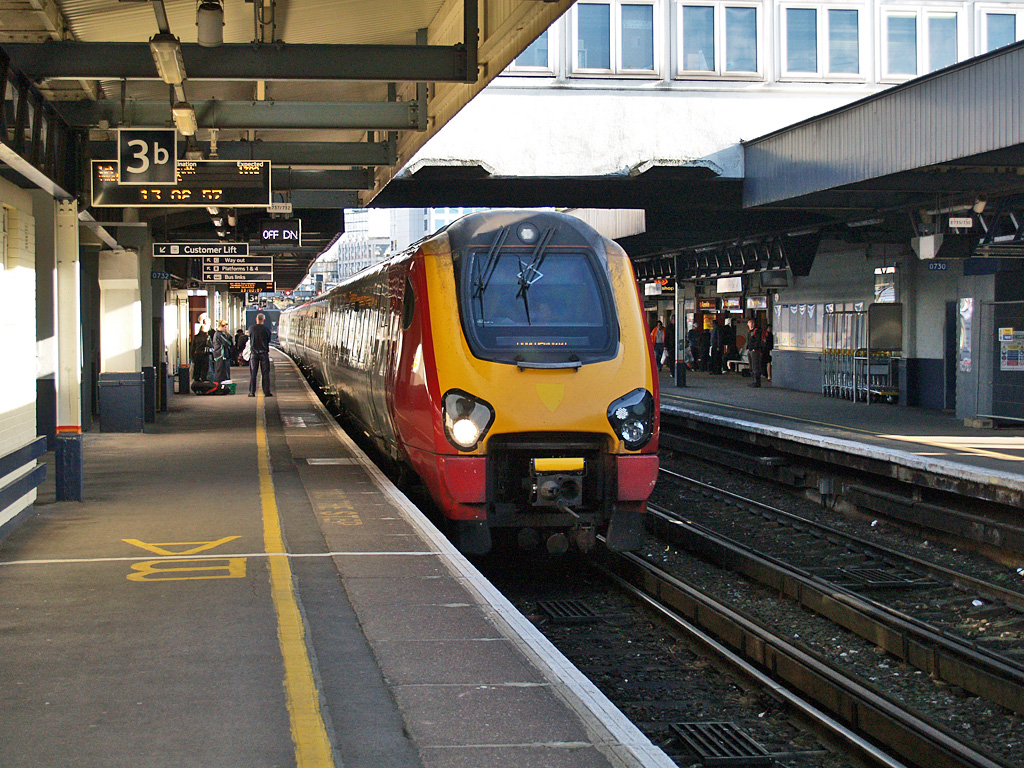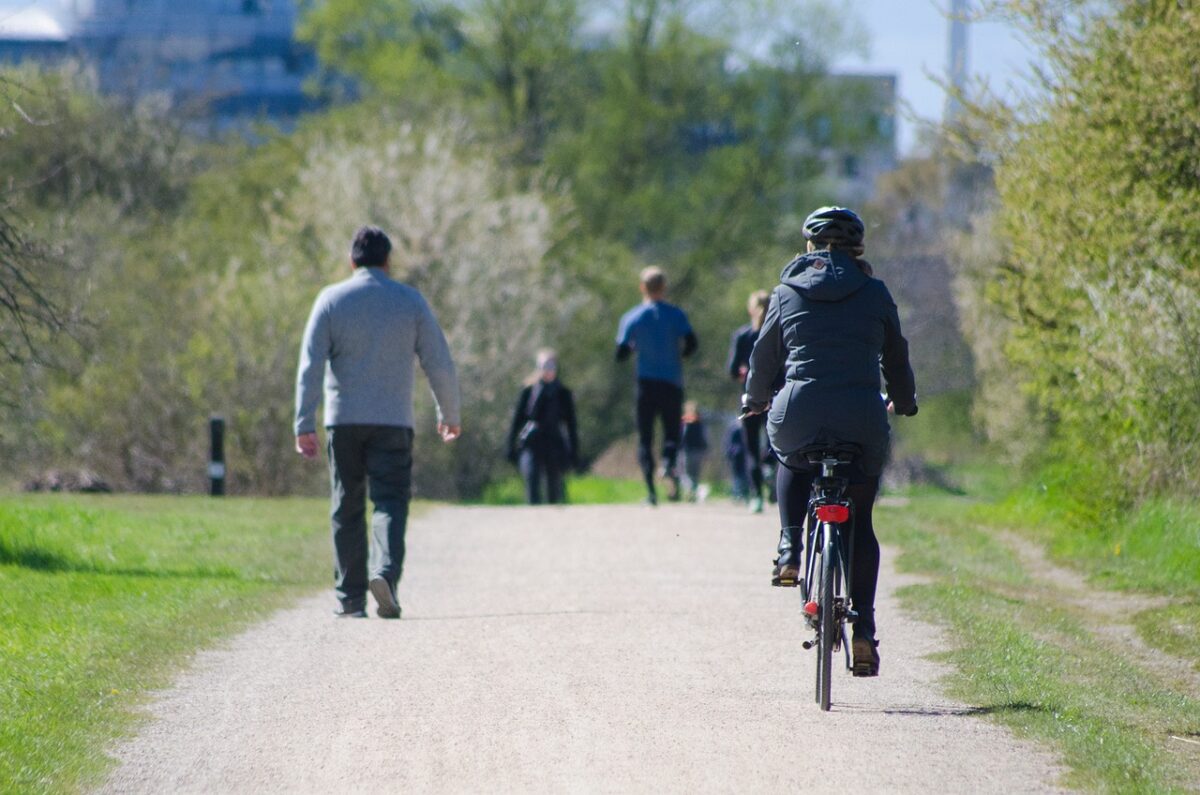What is a Transit Oriented Development
A Transit Oriented Development (TOD) is an urban planning approach that focuses on creating high-density, mixed-use communities centred around public transit hubs.
At its core, TOD integrates transport infrastructure, such as rail, bus, or metro stations, with surrounding land use to create accessible, liveable communities that are well-connected by public transit and complemented by high-quality public spaces.
Over the past few decades, TOD projects have been implemented across the globe, showcasing the concept’s broad appeal and effectiveness in reshaping urban landscapes.
Key Benefits of TOD:
- Environmental Sustainability: TODs promote public transit use and reduce car dependency, which leads to lower greenhouse gas emissions and a reduced overall environmental footprint.
- Reduced Traffic Congestion: By encouraging the use of public transport, TODs alleviate road congestion, contributing to more efficient urban mobility.
- Economic Development: TODs stimulate local economies by fostering vibrant communities, increasing foot traffic for businesses, generating employment opportunities, and potentially enhancing property values.
- Improved Quality of Life: Residents of TOD communities enjoy reduced commute times, convenient access to amenities, and a stronger sense of community, contributing to a higher quality of life.
- Placemaking: Through the creation of pedestrian-friendly pathways, non-vehicular routes, and public plazas, TODs prioritize walkability and cultivate dynamic public spaces that enhance the sense of place and community engagement.
Overall, TODs represent a forward-thinking approach to urban development that balances the needs of transport, environmental sustainability, and community wellbeing.
Types of Transit Oriented Developments that will boost Homebuilding
TODs offer a powerful approach to addressing the dual challenges of providing new housing and fostering sustainable urban growth. When considering TODs for housing development, it is essential to examine them at two distinct levels:
1. New Transit Hubs
TODs centered around new transit hubs are typically long-term projects that involve complex planning, substantial investment, and public-private collaboration. In the UK, for instance, the Crossrail project has demonstrated the potential for such developments to transform urban landscapes, both in terms of transit infrastructure and land value.
These types of TODs leverage the increased land value generated by new transit infrastructure, with private developers playing a key role in financing the project over the long term. Although these developments are generally not “quick wins,” they are integral to the delivery of new residential stock and the broader vision of sustainable urban growth.
2. Existing Transit Hubs
TODs developed over and around existing transit hubs offer an opportunity for more immediate impact on residential development. Given the existing infrastructure, these developments can be realised more quickly, at a lower cost, and with fewer challenges compared to new projects centered on greenfield sites. Expanding and enhancing local infrastructure within established areas is typically easier and more cost-effective than building these services from scratch in new neighborhoods.
Furthermore, the higher density typical of TODs allow for more efficient use of land, offering private developers higher rates of return. This enables the leveraging of additional funding for public and social infrastructure improvements, including social housing.
In both cases, TODs serve as a crucial tool for boosting residential housing supply, promoting public transit use, and driving urban regeneration. However, by focusing on the existing transit hub type it is likely that a real difference can be made in a shorter timeframe by potentially utlilising the thousands of transit hubs all over the country.
What can be done to Enable Transit Oriented Developments around Existing Transit Hubs
1. Over-Station Development
One of the most promising forms of TOD is the redevelopment of existing buildings or the construction of new developments directly above transit hubs, known as over-station development. While this approach maximizes land use in high-demand areas, it often comes with high costs, potential disruptions, and safety concerns, particularly if the transit hub must remain operational during construction.
In some cases, the potential value of land created by developing space over transit hubs justifies the complexities involved. A notable example of such a project is the ongoing development at Euston Station, which demonstrates the feasibility of over-station TODs in major transit centres.
2. Land Acquisition and Cost
Redeveloping land or building new developments around transit hubs in densely populated or high-cost urban areas presents significant financial challenges. The cost of land and construction in these areas can be prohibitively high, limiting the scope for TODs. However, Local Planning Authorities (LPAs) can mitigate this by changing zoning regulations to allow for greater density and height in the areas surrounding transit hubs.
In turn, this could help create a market for new residential and commercial properties in areas that are currently underutilised, driving both housing supply and economic growth.
3. Integration with Existing Transit Infrastructure
For TODs to be successful, they must be integrated with the existing transit infrastructure. This often requires significant upgrades to transit facilities or adjustments to accommodate the increased demand generated by higher-density developments. However, such upgrades can be costly and complex.
Through public-private partnerships, developers can help fund necessary improvements to transit infrastructure as part of the overall TOD planning process. By using ‘planning gain’ to ensure that the financial benefits of TODs are reinvested in the public transit system, they can enhance both the transport experience for commuters and the overall effectiveness of the transit network.
4. Equity Concerns and Gentrification
While TODs can bring numerous benefits, they also present the risk of gentrification, where rising demand for properties near transit hubs drives up housing costs, potentially displacing low-income residents. To mitigate this, LPAs can mandate the inclusion of social housing as part of TOD projects. By setting clear targets for affordable housing and ensuring that developments incorporate mixed-tenure communities, the negative impacts of gentrification can be managed.
5. Overcoming Knowledge Gaps
Local Planning Authorities (LPAs) often face barriers due to a lack of expertise in successfully implementing TODs. To address this, government could develop a Best Practice Toolkit for LPAs. This resource would provide planning guidance, showcase successful case studies, and offer insights into navigating public-private partnerships, funding mechanisms, and land value capture strategies.
Additionally, LPAs and LTAs can establish their own development vehicles to spearhead TOD initiatives. A prime example of this is Transport for London’s Transit Trading Limited Properties, which has accelerated the adoption of TOD in the UK by directly managing land development around Transit hubs.
Conclusion
Enabling Transit-Oriented Developments offers a compelling solution to urban housing shortages while promoting sustainable growth and reducing car dependency. By addressing key challenges such as land acquisition, infrastructure integration, and equity concerns, and by providing the necessary tools and expertise to LPAs, TODs can become a cornerstone of future urban planning.

